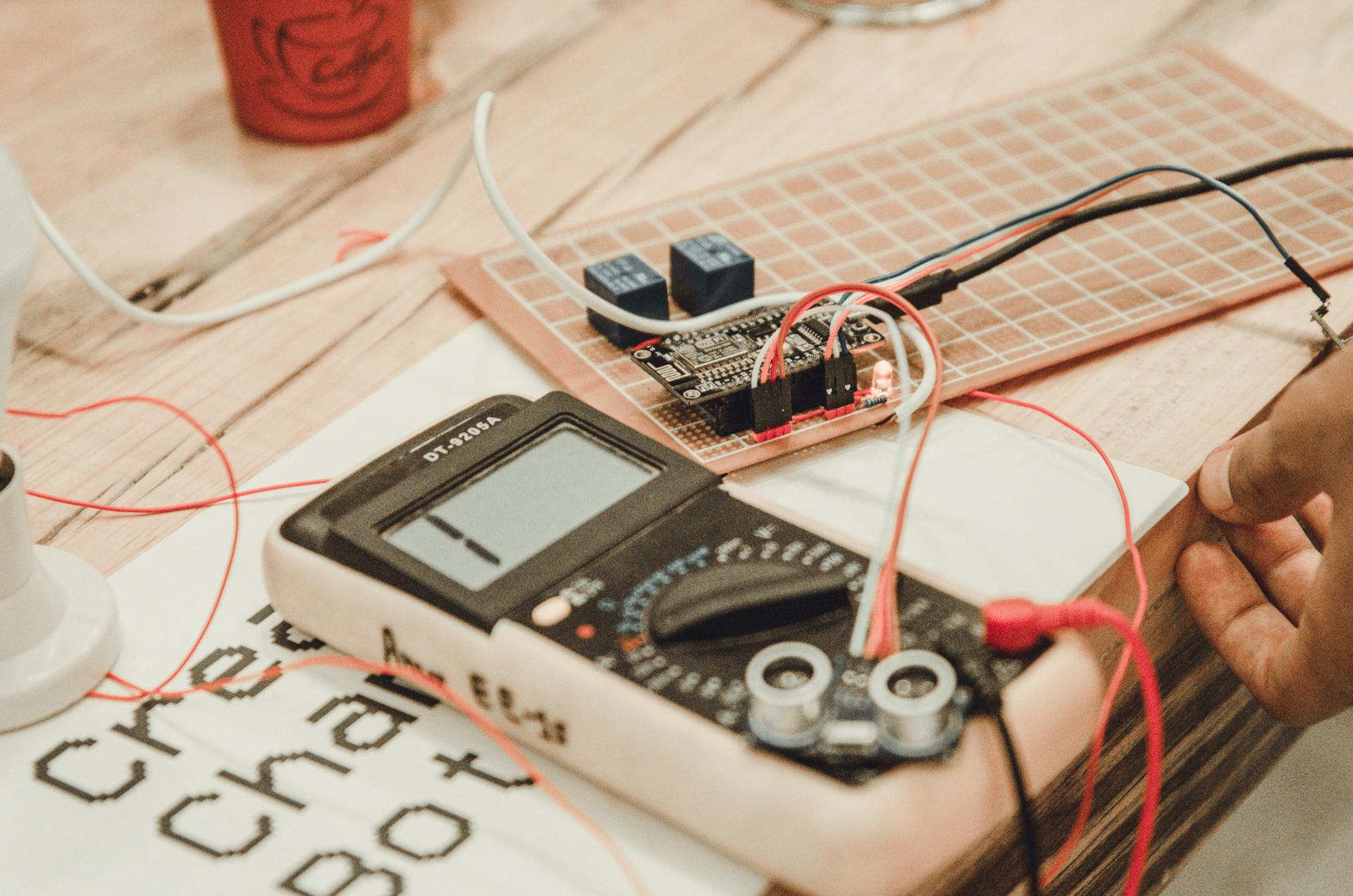Never Risk Your Safety: Here's How to Conduct an Electric Security Test at Your Place.

In the realm of home security, one of the most important areas to consider is electrical safety. Testing for electrical safety is the procedure of testing the electrical system in your home to be sure it’s safe and up-to-code. In this article, we’ll provide you with the basics of what electrical safety testing are, what tools you’ll require in order to carry them out, how to conduct the tests and what warning signs you should be on the lookout for.
What’s what is an Electrical Safety Test?
An electrical safety test is the process of checking the electrical system within your home to verify that it is safe and working correctly. Safety tests for electrical appliances are crucial because they can help prevent electrical accidents and fires and also ensure the long-term durability that your electric system has.
Equipment Required to conduct an Electrical Safety Test
In order to conduct an electrical safety check, you’ll require a few basic equipment. They include the voltage tester as well as a continuity tester, circuit tester, as well as the outlet tester. The voltage tester is used to look for live circuits while the continuity tester is used to check for broken circuits. The circuit tester is used to check for wiring faults as well as outlets testers are utilized to identify wiring problems in the outlets. It’s important to use these tools correctly to get exact results.
How do I Conduct an Electrical Safety Test
To conduct an electric safety check at your home take these steps:
Shut off the power supply to the circuit you’re conducting tests on.
Use this voltage tester to check whether there are live circuits.
Utilize the continuity tester to look for damaged circuits.
Utilize the circuit tester to test for any wiring issues.
Use the outlet tester to check for wiring problems within the outlets.
During the testing process, be sure to look for evidence of wear or damage on the wiring, such as damaged or frayed wires, burn marks as well as loose or damaged connections. If you spot any problems that need attention, you must address them as soon as possible to prevent potential hazards.
Signs of Electrical Problems to be Watchful For
There are many indicators that may indicate electrical problems in your house. They include flickering light bulbs and frequent circuit breaker trips and crackling or buzzing sounds emanating from outlets. They also include hot or discolored outlets, and a burning smell. If you spot any of these warning indications, you should take action immediately to avoid possible electrical hazards.
Conclusion
Tests for electrical safety are vital for ensuring the safety of your home and your family. Through regular testing and taking care to address any issues immediately, you can avoid potential dangers to your electrical system and prolong the life of your electrical system. If you require assistance with electrical testing or repairs Don’t hesitate to reach out to Electricians Adelaide SA. Our knowledgeable team will offer you expert advice and assistance. Contact us via 1300 998 759 to schedule an appointment or request a quote.
FAQ Section
How often should I do an electrical safety test at my home?
We suggest conducting tests of electrical safety at least once a year.
Can I perform an electric safety check by myself or do I need a professional?
Although it’s possible to conduct the electrical test by yourself but it’s best to hire an expert to guarantee accurate results and to avoid any potential dangers.
Are there any common electrical problems that can be found in an electrical safety test?
The most frequently-repeated electrical issues discovered during a safety check comprise defective wiring, circuits that are overloaded and outdated electrical systems.
What should I do if find an issue during the electrical safety check?
If you discover a problem when you conduct the electrical safety check It is crucial to act immediately. This may involve calling an experienced electrician to address the issue, or replacing faulty equipment.
